Description
Bromeliads are versatile plants that can thrive in various conditions, making them suitable for both indoor and outdoor growing. Here are the key conditions for growing bromeliads:
- Light: Bright, indirect light is ideal. Bromeliads can tolerate lower light levels but will grow more slowly and may not produce as vibrant colors. Avoid direct sunlight, especially for varieties with softer, thinner leaves, as it can cause leaf burn.
- Temperature: Bromeliads prefer temperatures between 60°F and 80°F (15°C to 27°C). They are not frost-tolerant and should be protected from temperatures below 40°F (4°C).
-
Humidity: High humidity is beneficial, especially for epiphytic (air-growing) species. Aim for humidity levels around 60% or higher. Indoor plants may benefit from regular misting or a humidifier.
-
Watering: Keep the central cup or tank (if the plant has one) filled with water, and change it regularly to prevent stagnation. For terrestrial types, water the soil lightly, allowing it to dry out slightly between waterings. Avoid overwatering, as bromeliads are prone to root rot.
-
Soil: Use a well-draining, loose, and airy potting mix. A mixture of orchid bark, perlite, and peat moss works well. Epiphytic bromeliads can be mounted on wood or grown in a soil-free medium.
-
Fertilization: Feed bromeliads with a diluted, balanced liquid fertilizer every 1-2 months during the growing season (spring and summer). Avoid over-fertilizing, as it can damage the plant.
-
Air Circulation: Ensure good air circulation around the plant to prevent fungal issues and promote healthy growth.
-
Propagation: Bromeliads produce offsets or “pups” that can be separated from the mother plant once they are about one-third to half the size of the parent plant. Plant the pups in suitable soil or medium to grow new plants.
By providing these conditions, bromeliads will thrive and often reward you with their unique and colorful foliage and flowers.

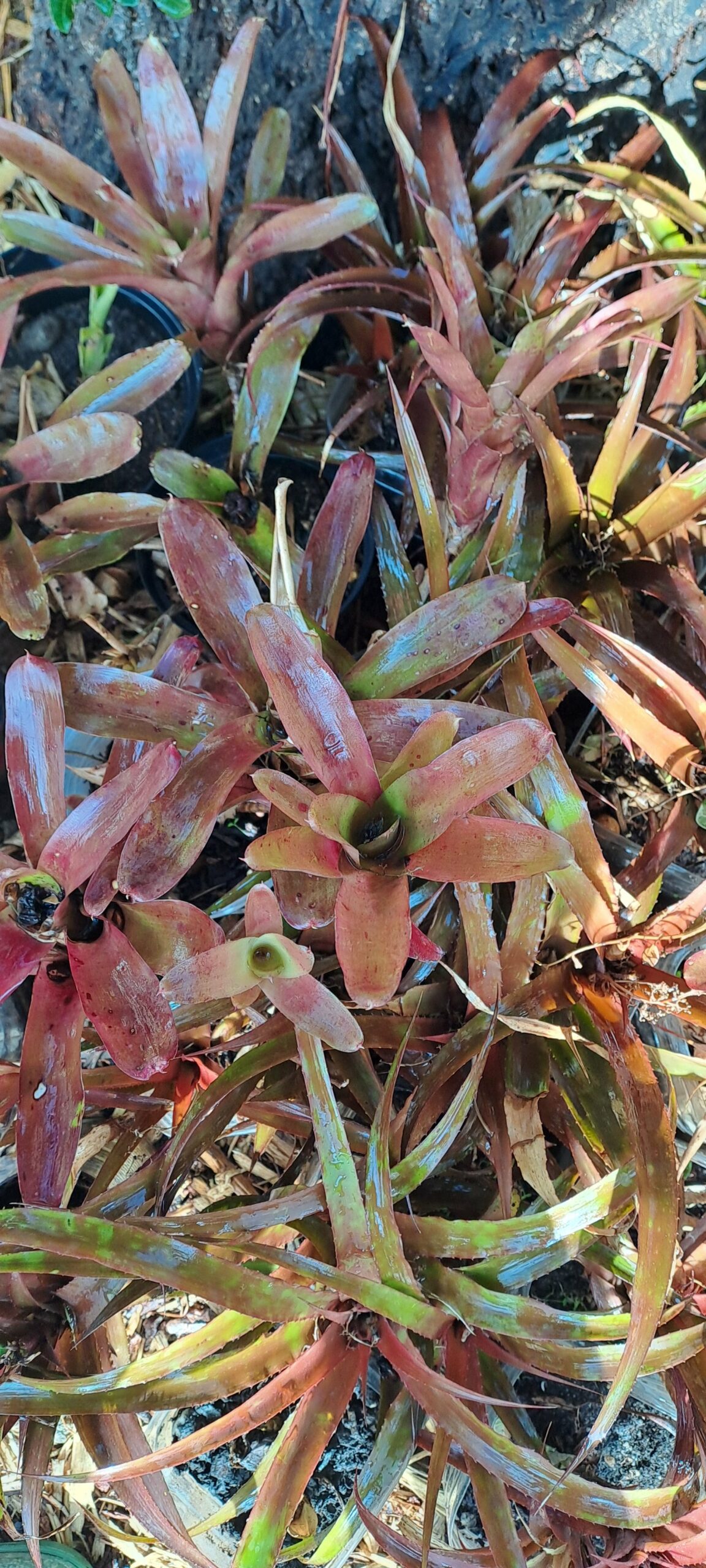
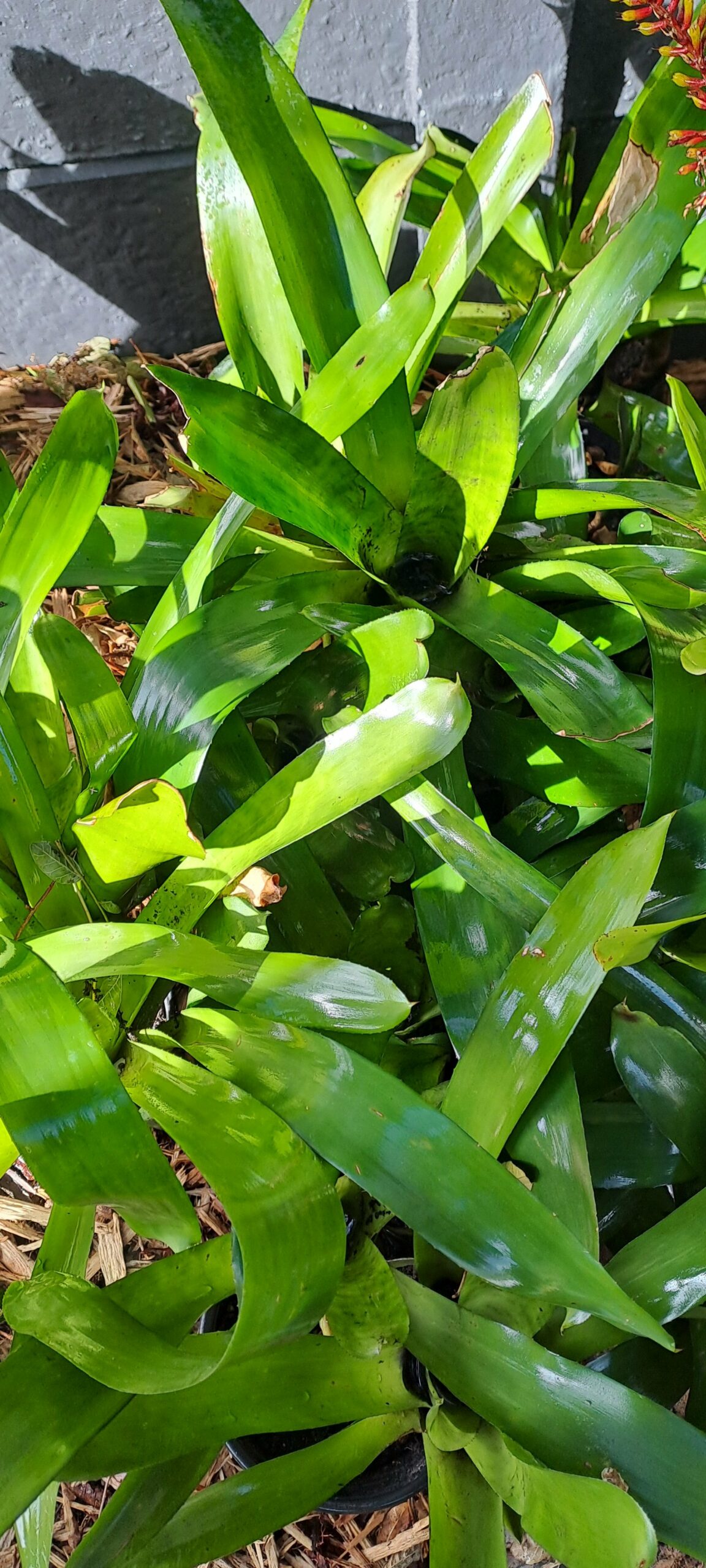
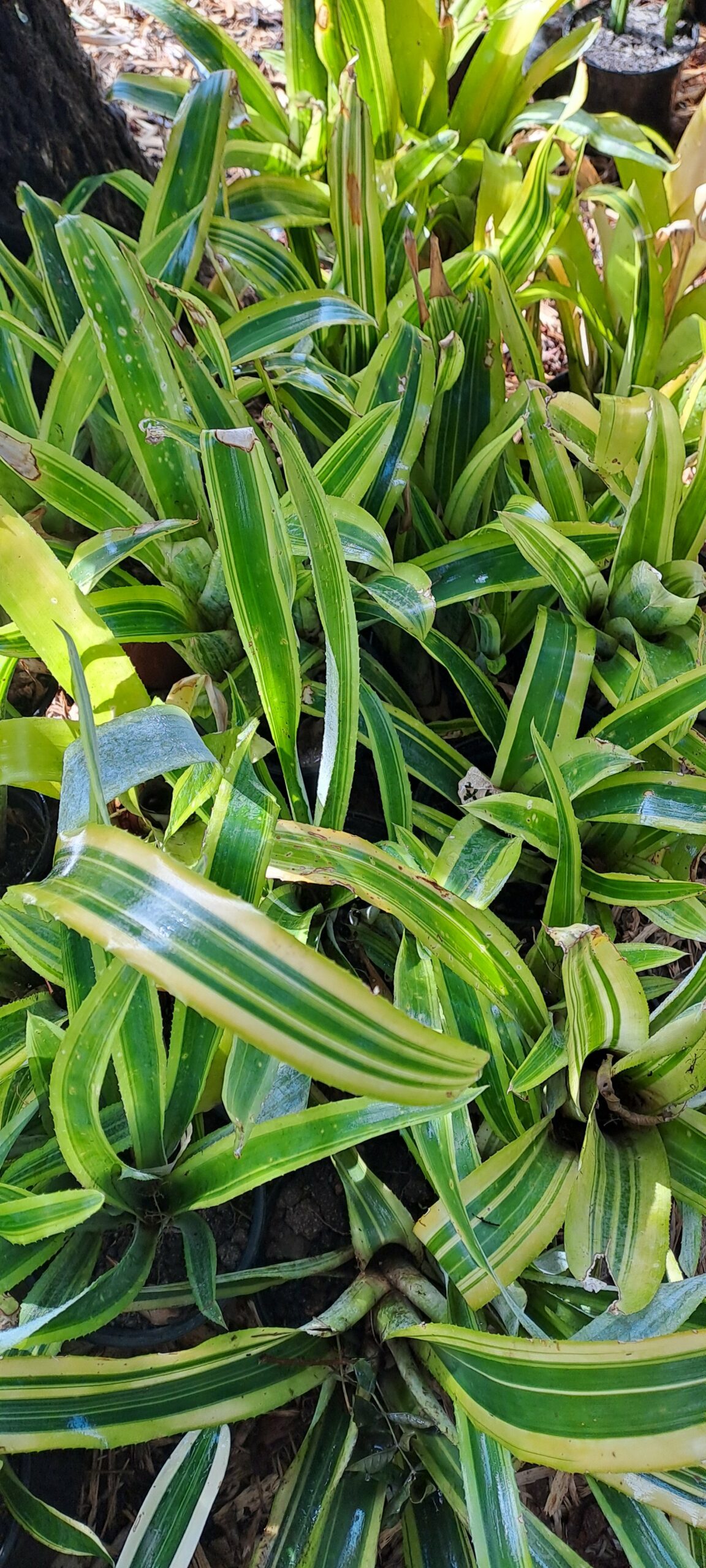
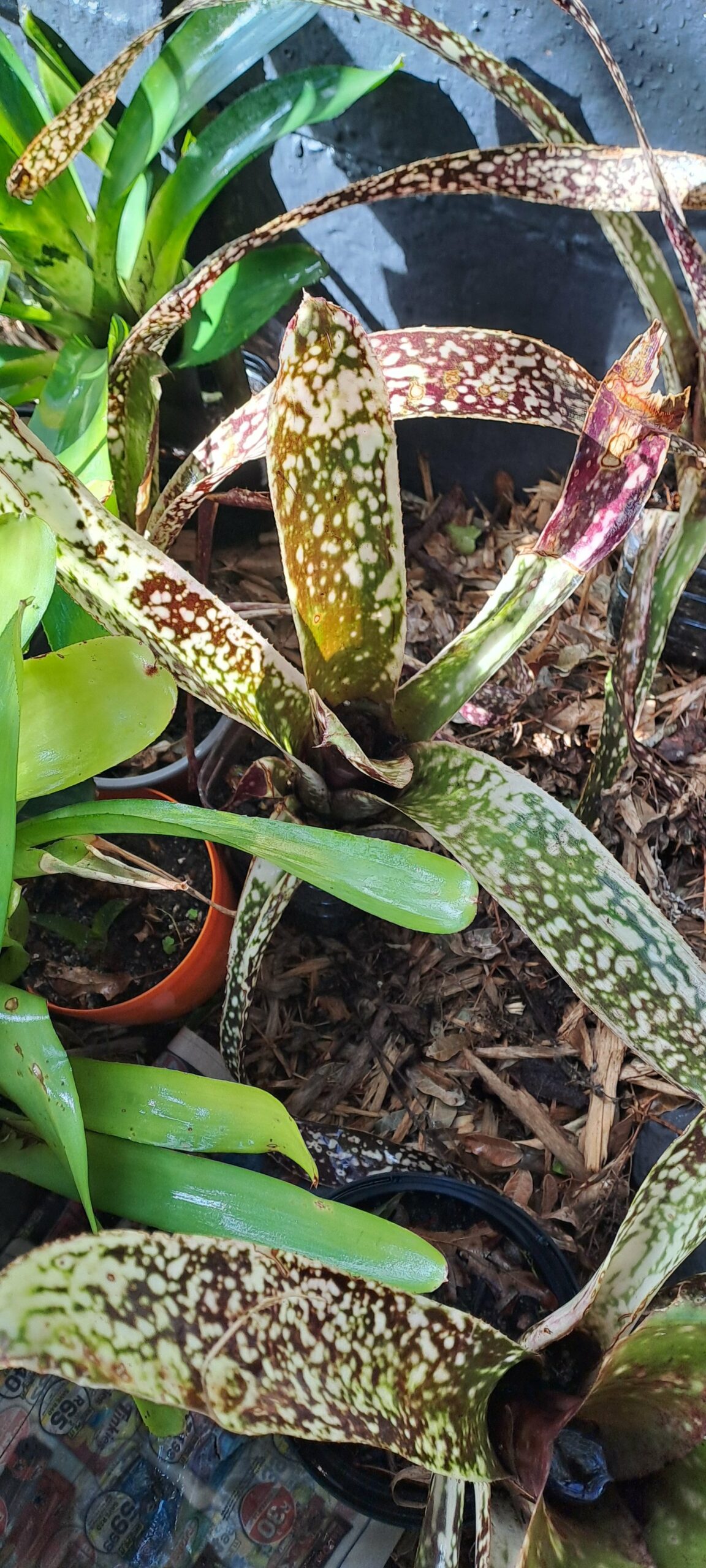
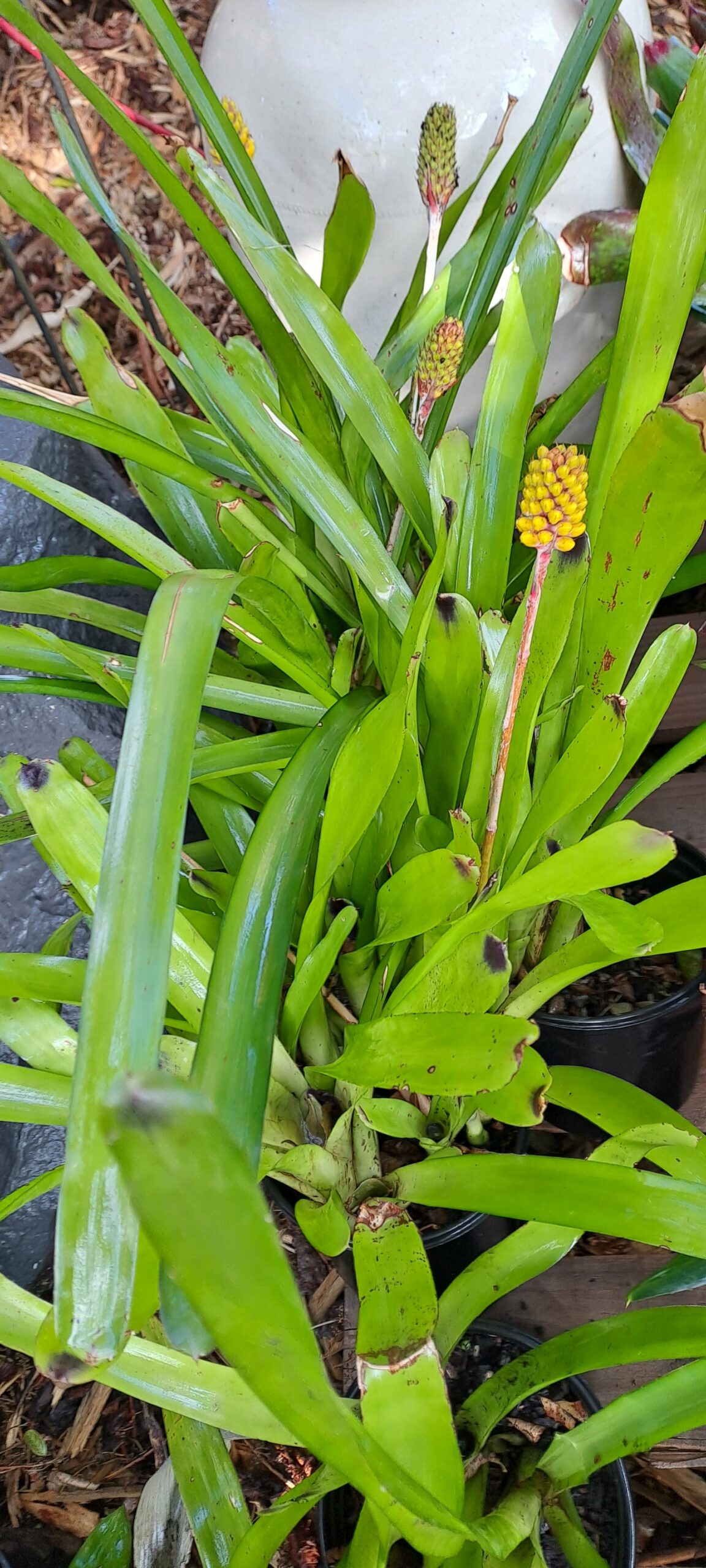
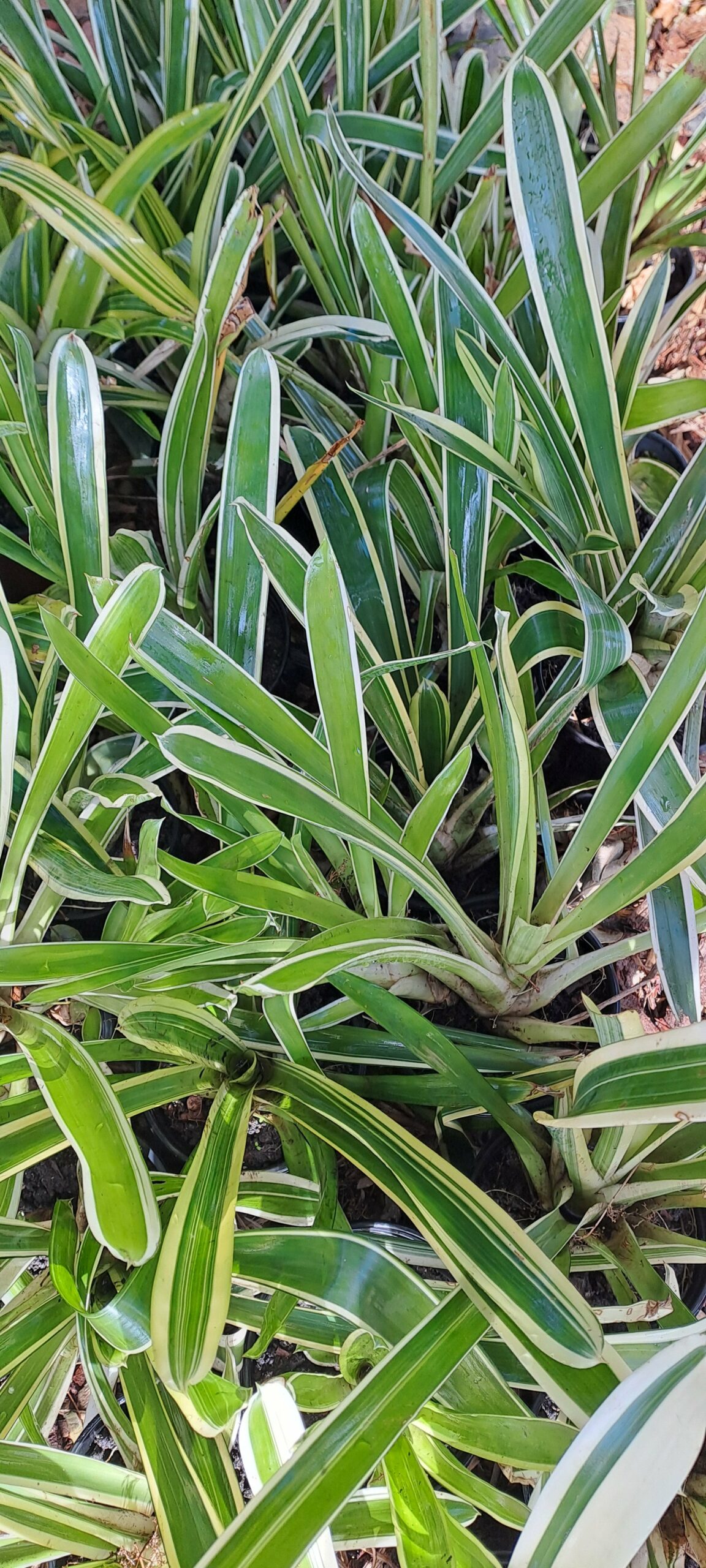
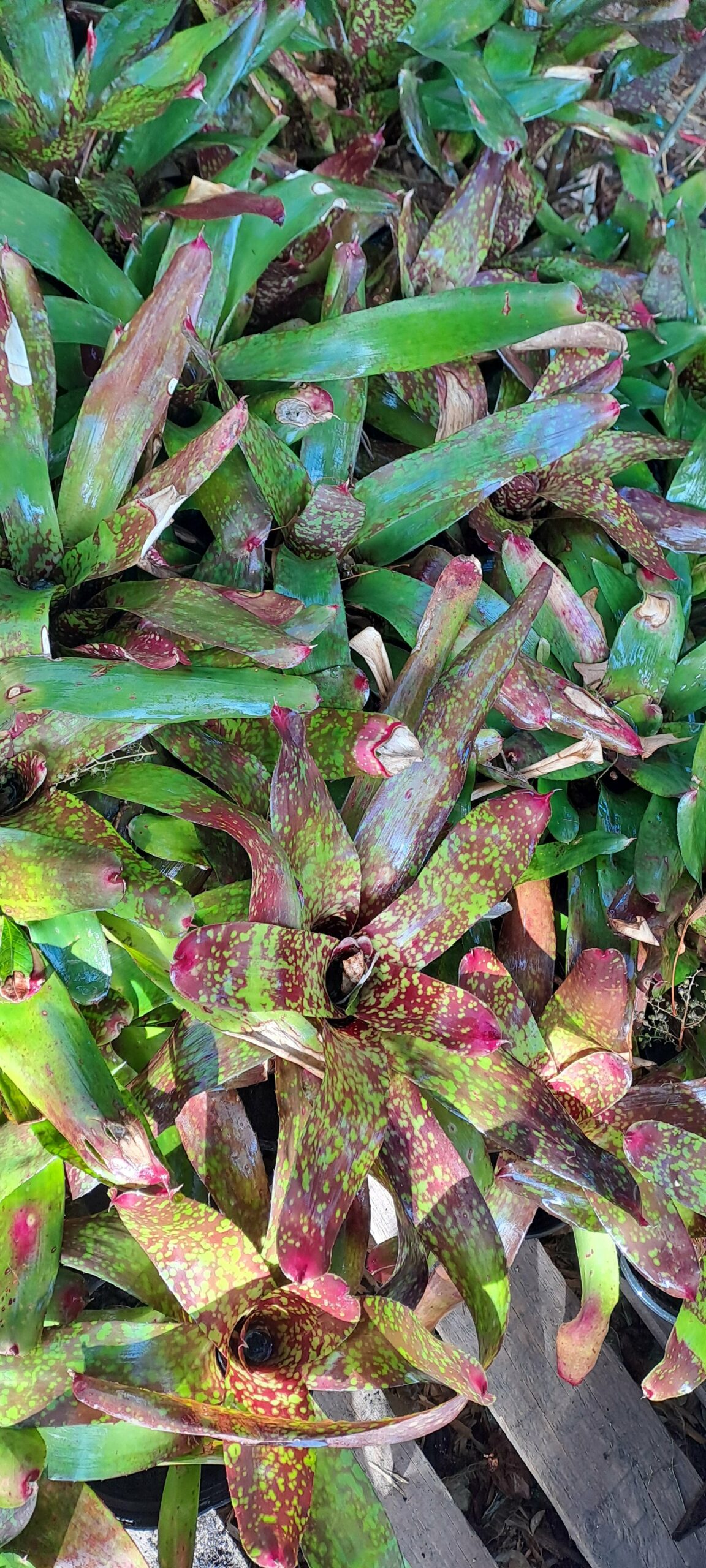
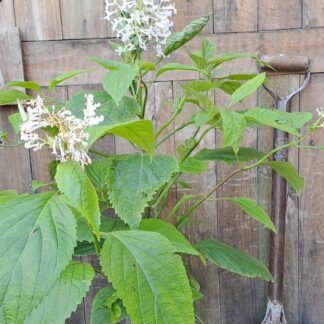




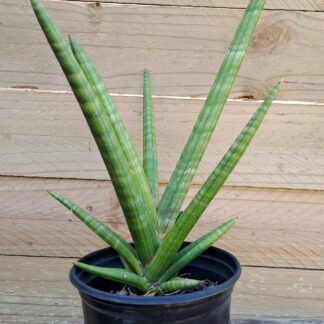



Reviews
There are no reviews yet.